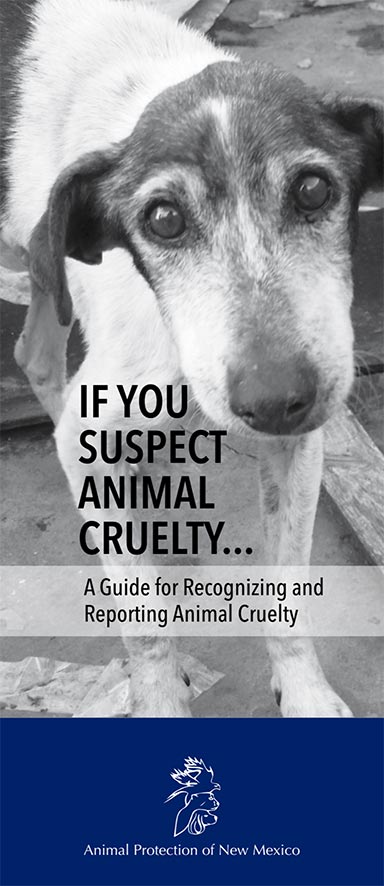Animal cruelty remains a troubling issue permeating various societies across the globe. Each day, countless animals suffer in silence due to neglect, abuse, or exploitation. The first step towards alleviating this distressing situation is understanding how to report someone for animal cruelty effectively. When you encounter what you suspect may be acts of abuse, the most critical element is recognizing the signs and knowing the proper channels to pursue. This guide will elucidate the essential steps you need to undertake.
Understanding Animal Cruelty
Animal cruelty can manifest in myriad forms, from overt physical abuse—such as beating or torturing an animal—to insidious neglect, where an owner fails to provide necessary care like food, water, shelter, or medical attention. The definitions of abuse vary considerably by jurisdiction, so gaining familiarity with local laws is paramount. Familiarize yourself with animal protection statutes and regulations within your community to delineate what constitutes cruelty.
Recognizing the Signs
Before making a report, it is critical to observe the conditions in which the animals are kept. Signs of abuse can include:
- Visible injuries such as cuts, bruises, or signs of malnourishment.
- Living conditions that are unsanitary, overcrowded, or lacking proper shelter.
- Abandonment or the presence of chained dogs without access to food or water.
- Animals exhibiting extreme fearfulness or aggression that appears unnatural.
- Failure to attend to necessary veterinary care, such as untreated illnesses or injuries.
If you observe these indicators, document your findings meticulously. Take detailed notes about the location, the type of animal, and the nature of the observed neglect or abuse.
Documenting Evidence
When filing a complaint, the strength of your report often hinges on the evidence you provide. Utilize a systematic approach to gather data:
- Photography and Video: Capture photographs or videos of the animals and their surroundings. Ensure you do so without putting yourself in danger, and respect privacy laws, if applicable. Images capturing the state of the animal or conditions they are kept in can serve as powerful evidence.
- Witness Accounts: Speak to neighbors or other potential witnesses who may have observed similar behaviors. Collect their observations and, if they are willing, obtain statements to support your report.
- Dates and Times: Accurately note when each observation was made. Repeated incidents strengthen the case.
Know Where to Report
Once equipped with concrete evidence, the next step is identifying appropriate authorities to whom you can report the suspected cruelty. This can vary by location; thus, research is essential:
- Local Animal Control: This is typically the first point of contact. Animal control officers are tasked with enforcing animal welfare laws and can investigate your claims.
- Law Enforcement: If you witness an act of extreme cruelty, involving law enforcement may be necessary. They possess the capacity to act urgently in situations that pose immediate danger to an animal.
- Animal Welfare Organizations: Nonprofits and local advocacy groups often have resources, from hotlines to reporting forms, that can assist in the process of filing complaints.
Be aware that some jurisdictions have anonymous reporting systems; however, providing your identity can sometimes facilitate faster action as authorities may wish to reach out for clarifications.
The Reporting Process
With concrete evidence in hand and knowledge of where to report, it’s time to assemble your complaint. When you initiate communication with an authority, whether via telephone, online, or in person:
- Be Clear and Concise: Articulate the issue straightaway. Explain what you observed, when you observed it, and why you believe it constitutes abuse or neglect.
- Provide Evidence: Share your documentation, photographs, or any gathered witness testimony. Be thorough, as this material can drastically influence the investigation.
- Follow Up: After making a report, it is prudent to follow up on the case’s status. This demonstrates your commitment to resolving the situation and can sometimes expedite action.
Understanding Potential Outcomes
Once your report is filed, it is essential to recognize the potential outcomes. The authorities may determine that an investigation is warranted, which could lead to animal rescue, citations, or even criminal charges against the perpetrator. Alternatively, they may conclude that no action is necessary. Understanding that the process may not always lead to desired results can be disheartening, but persistence is vital in advocating for animal welfare.
Your Role in Advocacy
Reporting animal cruelty is an important step, but it should not end there. Engage with local animal welfare organizations, volunteer, and spread awareness in your community. Advocate for stronger animal protection laws. Education can be immensely powerful; by influencing others to recognize and act against cruelty, a significant cultural shift may occur over time.
Reporting someone for animal cruelty not only protects vulnerable animals but also serves to strengthen community bonds and moral responsibilities among citizens. In pursuing these actions, we not only challenge cruelty but also embrace empathy and compassion for all living beings.








